Live Through This by Hole
Buy Live Through This For their second album, Hole took a much different approach than on their debut, Pretty On the Inside. That first album featured a straight-out, punk rock approach, while Live […]

Buy Live Through This For their second album, Hole took a much different approach than on their debut, Pretty On the Inside. That first album featured a straight-out, punk rock approach, while Live […]
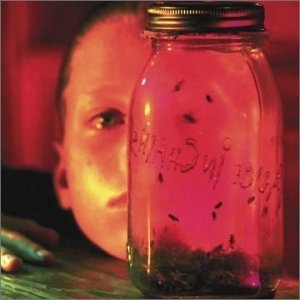
Buy Jar of Flies One of the biggest debates about Jar of Flies by Alice In Chains is how exactly to refer to it. Wikipedia refers to it as “the first EP in […]

Buy Four Labeled as a “jam band” since their inception in the late 1980s, many have contended that Blues Traveler does not translate well on standard studio recordings. Their 4th album, Four seems […]
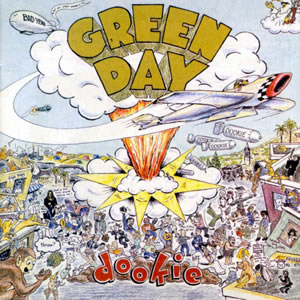
Buy Dookie Produced by Rob Cavallo, Dookie is the third overall album by Green Day and their major label debut. The album became a commercial success worldwide, driven by five hit singles, an […]
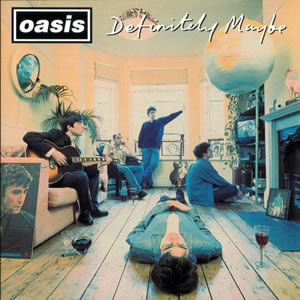
Buy Definitely Maybe A tremendous commercial success, Definitely Maybe is the 1994 debut album by Oasis. This album was instrumental in revitalizing the bright and optimistic “Britpop” movement in the midst of an […]
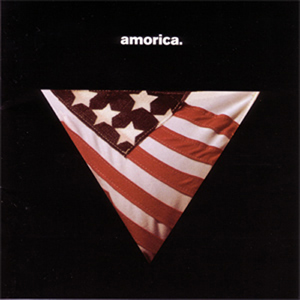
Buy Amorica Although not a particularly strong seller, The Black Crowes may have reached the quality peak of their career with their third album, Amorica. After two commercial blockbusters in the early nineties, […]
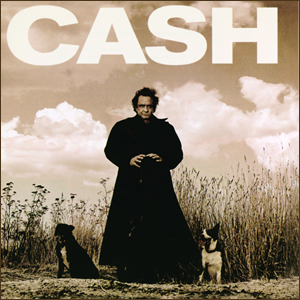
Buy American Recordings Released in Spring 1994, American Recordings was (incredibly) the 81st overall album by Johnny Cash and was the ignition point for the second great comeback of his long career. Like […]